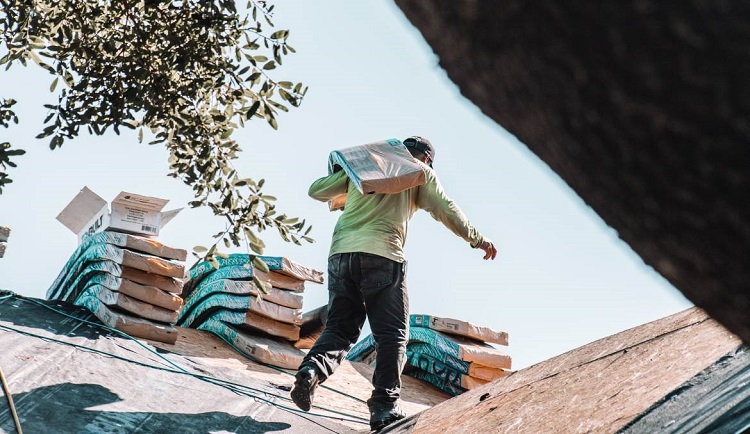A sturdy and well-constructed roof is a crucial element of any building, providing protection and shelter to its occupants. However, in the face of increasingly frequent and severe natural calamities, such as hurricanes, tornadoes, earthquakes, and extreme weather events, it is essential to ensure that roofs are designed and built to withstand these challenges. In this article, we will explore essential tips for constructing a roof that can withstand natural calamities, providing safety and peace of mind to homeowners and occupants.
Before engaging, visit Clearwater roofers, to get the best insight about roofing. They are simply the best!
Table of Contents
1. Engage Professional Roofing Design and Engineering
To ensure a roof’s resilience against natural calamities, it is crucial to engage the services of professional roofing designers and engineers. These experts have the knowledge and experience to design roofs that meet building codes and standards for withstanding various natural disasters. Collaborating with professionals ensures that your roof is tailored to the specific requirements of your geographic location and the potential hazards it may face.
2. Choose High-Quality Materials
The choice of roofing materials plays a significant role in a roof’s ability to withstand natural calamities. Opt for high-quality, durable, and impact-resistant materials that have been tested and certified to meet relevant standards. For regions prone to high winds, consider materials such as metal roofing, clay or concrete tiles, or synthetic slates, which offer superior resistance to wind uplift.
3. Reinforce Roofing Structure
The structural integrity of the roof is essential for its ability to withstand natural calamities. Reinforce the roof’s structure, especially at critical points such as ridges, corners, and eaves. Employ sturdy materials for trusses, rafters, and joists, and ensure that all connections are secure and properly fastened.
4. Invest in Seismic Bracing
In earthquake-prone areas, seismic bracing is a vital addition to roof construction. Seismic bracing systems help to anchor the roof securely to the building’s structure, reducing the risk of roof collapse during seismic events. Work with engineers experienced in seismic design to ensure proper installation and bracing configuration.
5. Proper Roof Pitch and Shape
The roof’s pitch and shape significantly influence its wind resistance. Steeper roof pitches and aerodynamic shapes, such as hip and gable roofs, are more effective at deflecting wind and reducing uplift forces. Consider local wind patterns and recommended roof pitch guidelines when designing your roof.
6. Adequate Roof Overhangs
Well-designed roof overhangs provide additional protection to the building’s walls and windows from rain and wind-driven water during storms. Overhangs should be properly sized to prevent water infiltration and protect the building envelope.
7. Implement Hurricane Straps and Ties
In hurricane-prone areas, hurricane straps or ties should be used to secure the roof to the building’s walls. These metal connectors offer added protection against uplift forces during strong winds, reducing the risk of the roof being torn off.
8. Maintain Regular Roof Inspections and Maintenance
Even the most resilient roof requires regular inspections and maintenance to ensure its continued effectiveness. Schedule periodic roof inspections by professionals to identify and address any wear, damage, or weaknesses. Timely maintenance, such as replacing damaged shingles or fixing loose fasteners, helps keep the roof in top-notch condition and ready to face natural calamities.
Conclusion
Building a roof that can withstand natural calamities is a crucial investment in the safety and longevity of any building. By engaging professional roofing designers and engineers, choosing high-quality materials, reinforcing the roof’s structure, and implementing additional protective measures such as seismic bracing and hurricane ties, you can ensure your roof is well-prepared to face the challenges of severe weather events. Regular inspections and maintenance further contribute to the roof’s resilience, providing peace of mind and security to homeowners and occupants alike. When nature’s fury strikes, a resilient roof will stand strong and protect what matters most.









